Utrique Fidelis
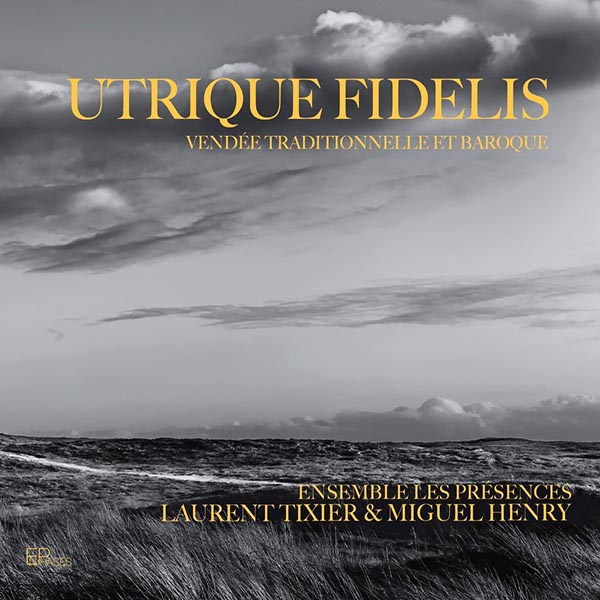
Utrique Fidelis
Vendée Traditionelle & Baroque
Ensemble les Présences
Laurent Tixier & Miguel Henry
1CD - Label ENPHASES (ENP015)
Released on 11/17/2023 Distribution OUTHERE
Ensemble Les Présences :
Laurent Tixier : singing & hurdy-gurdy - David Zulbedia : vocals, recorders & bagpipes - Jérôme van Waerbeke : violin & answers - Camélia Bichard : violin - Laurie Bourgeois : viola - Oda Ropion : cello - Marion Le Moal : oboes & recorders - Julian Rincón : bassoons - Arnaud de Pasquale : harpsichord - Sylvain Fabre : percussion - Miguel Henry : theorbo, guitar & direction
Recorded at the Institut Musical de Vendée
Collège et Lycée Saint Gabriel - Saint Michel / Saint-Laurent-sur-Sèvre
Janvier 2023
Sound recording / Art direction / Editing
Franck Jaffrès / Unik Access
1. Tout en passant & Ami voici
2. Avant-deux à Joseph Chataigner & Gavottes
3. Le louvetier
4. Muzette & Le Point du Jour
5. Avant-deux à Marcel Brégeon
6. Le Moulin de Saint-Jean-de-Monts
7. Le Sommeil d'Atys
8. 1er Rigaudon, J'm'en vais à la veillée & 2ème Rigaudon
9. Où vas-tu ma bergère & C'est une jeune femme
10. La blanche biche
11. Pas d’été de Nalliers & pas d'été de Fontenay
12. Dans le ménage
13. La Ville de Montaigu
14. La Vendée pour défense
15. C’est un lien
16. L’était un p’tit bonhomme
17. Hélas est venu l’hiver
18. Passacaille de Persée & Nous partons tous
Où vas-tu ma bergère & C'était une jeune femme - Ensemble Les Présences
A HYBRID PROJECT
Among the repertoire of traditional music - that found in the various regions of the Vendée - there are certain features that have given me a particular joy for many years now.
One of the features I particularly like to mention is the play with musical carrures, found on the islands of Yeu and Noirmoutier, but also in many of the grand dances of the Breton-Vendée marshlands. This is a singular situation in which the dance and music carrures do not coincide. The repetition of a simple melodic fragment is continuously worked on by shifts in support, as indicated by the percussion in our recording of L'était un p'tit bonhomme. In the same vein, a melodic motif is often repeated with the addition of a beat, often resulting in 11- or 13-beat squares.
Another feature I particularly appreciate is the nervous ternary that is characteristic of the avant-deux found in the Bocage (Avant-deux à Joseph Chataigner). My request during the rehearsals for this program was to try and find a comparable energy, by trying to emphasize this rhythmic style, which may seem lame, but whose dynamism I adore.
In both cases, conventional musical writing doesn't allow us to take note of these particular traits, and it is, it seems to me, by engaging the body that we can really approach them. For there is one primordial element that unites these particularities: it is the body, of the dancer or the instrumentalist, that makes them sensitive.
When Laurent Tixier suggested bringing together traditional tunes from the Vendée region with a polyphonic writing style whose epicenter would be that of Jean-Baptiste Lully, I was immediately seduced. Bringing together two distinct repertoires, for which I feel the same affection, is in itself very pleasant. But more profoundly, it was the feeling of being able to enrich my perception of each of these repertoires by bringing them together that excited me the most.
Generally speaking, in my work with early repertoires, I feel I'm experiencing a kind of métissage. My approach involves being attentive to the sources. And so I approach early works with a view to identifying their intentions and clarifying the likely context of performance. But in practice, I realize how much my listening is shaped by my learning and knowledge. What's more, when I propose to present ancient works to a modern audience, it's always necessary to carry out a kind of translation, if only by imagining a new performance context.
With Utrique Fidelis, cross-fertilization is apparent, and is an integral part of the project. Not only did each of the musicians come with his or her own musical background and aesthetic references, but it was also necessary to maintain a link with the two repertoires involved.
I was already familiar with some of the traditional music chosen by Laurent Tixier, and had sometimes played it myself. But while this attachment was an advantage in one sense, it soon became clear to me that I needed to find a way to distance myself from this prior knowledge. That's why I tried very early on to bring these arias and songs closer to works from the 17th and 18th centuries. I had to provoke encounters to go beyond simple juxtaposition and find a way to truly hybridize them.
At first, this method was purely practical, but it turned out to be the most endearing experience of the project: experiencing the influence of Baroque music on traditional music, and vice versa. And this thought brings me immediately to the whole team: I can only thank from the bottom of my heart all the musicians involved in this recording, thanks to whom this so singular adventure has become a wonderful moment of sharing.
Miguel Henry
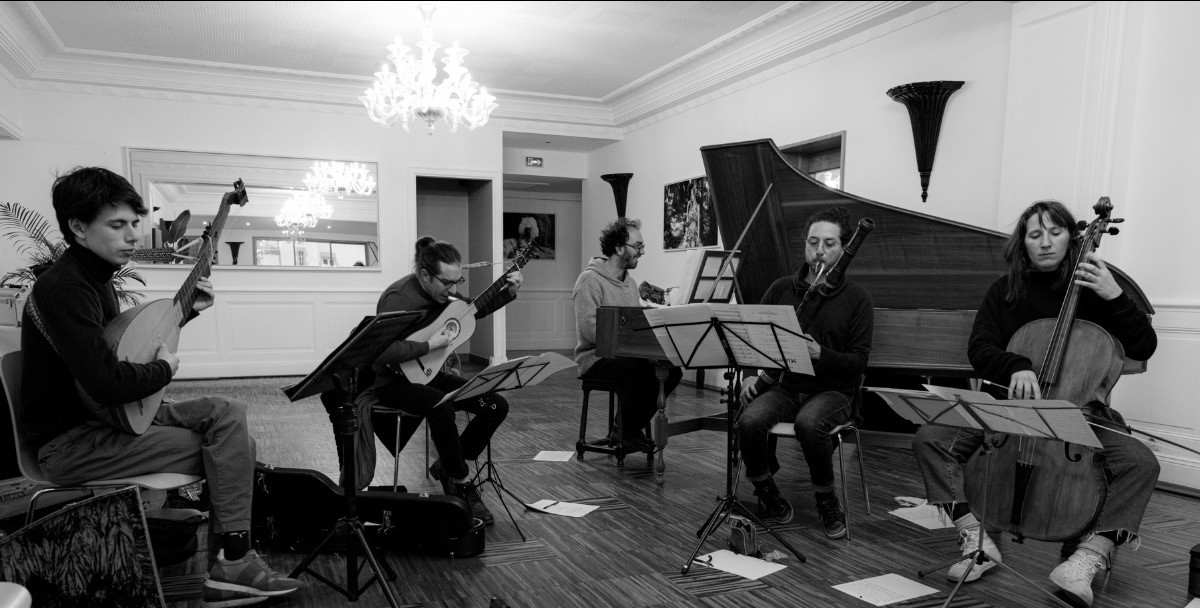
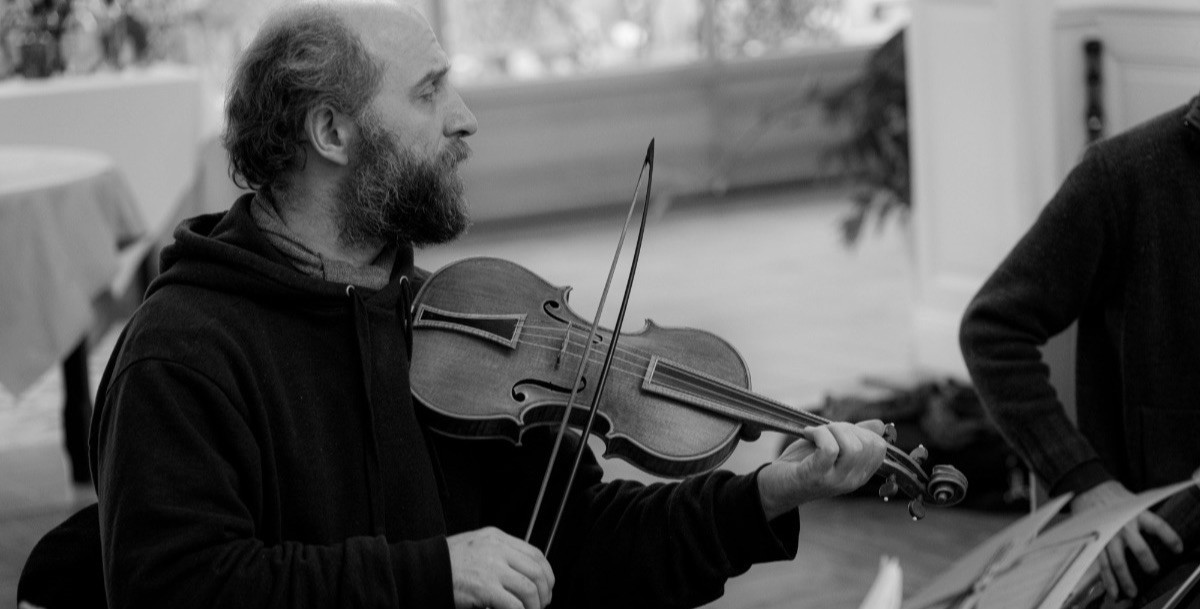
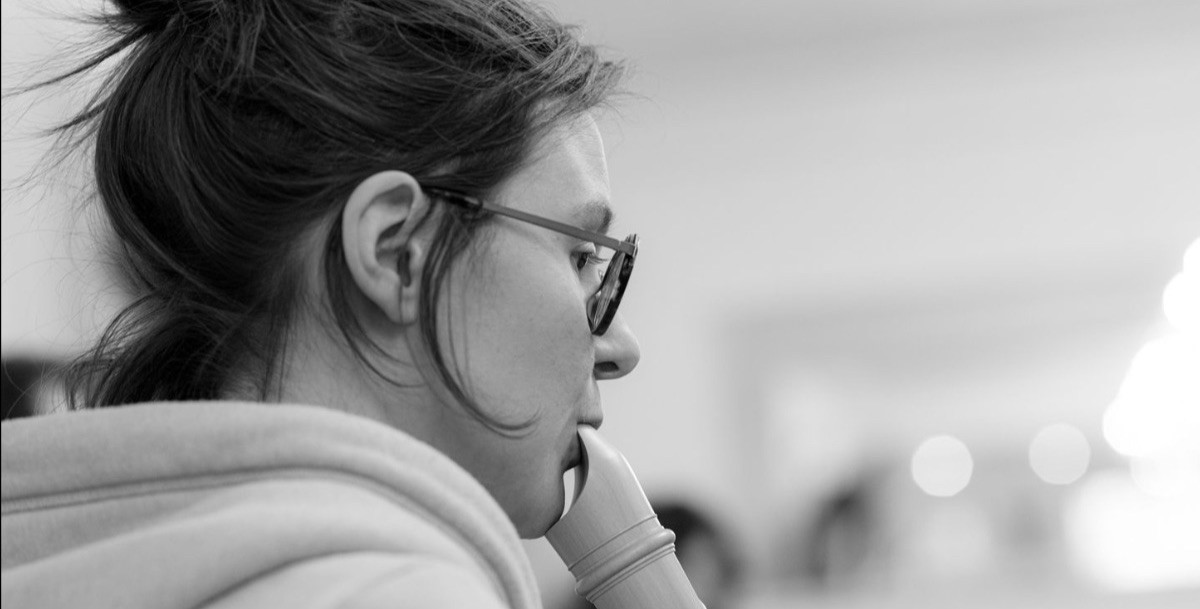
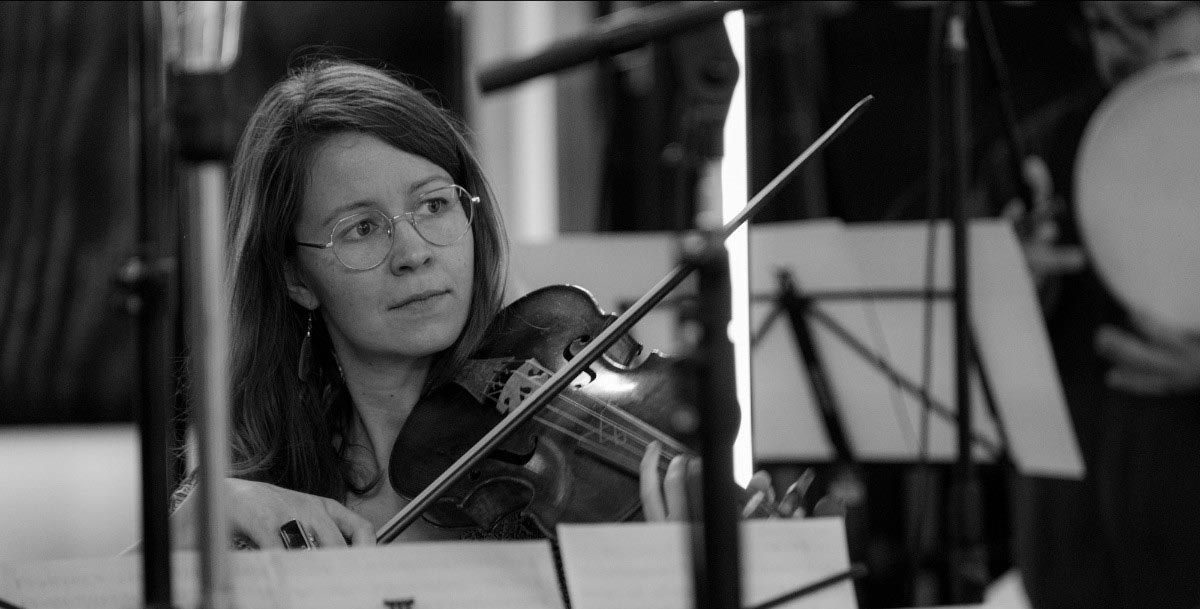
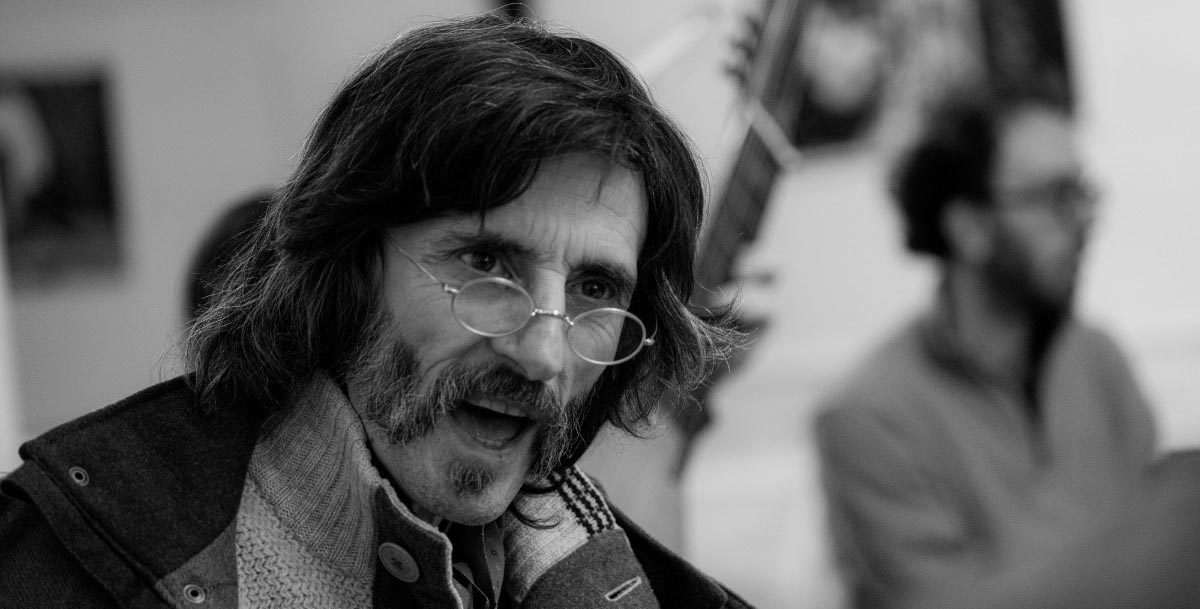
TOGETHER PRESENCES
The Les Présences ensemble is dedicated to serving early musical repertoires, with a focus on the byways.
Led by lutenist and composer Miguel Henry, Les Présences creates surprising encounters, encourages new approaches to well-known works and sheds light on neglected ones, with a constant concern for combining rigor and creativity.
The 2023 release of Utrique Fidelis, on the EnPhases label, marks the radical birth of this ensemble. This explosive project brings together traditional music from the Vendée region and French Baroque music. In association with singer Laurent Tixier, Miguel Henry creates a tight, shimmering weave of these two worlds. He is supported by a collective of committed, virtuoso musicians.
Like this first production, each project of the Les Présences ensemble follows a singular, initiatory path. Utrique Fidelis reveals some of the characteristics that make this ensemble unique: creativity, orality, hybridity and contemporaneity.
Share on your networks!
Follow us on the networks!

